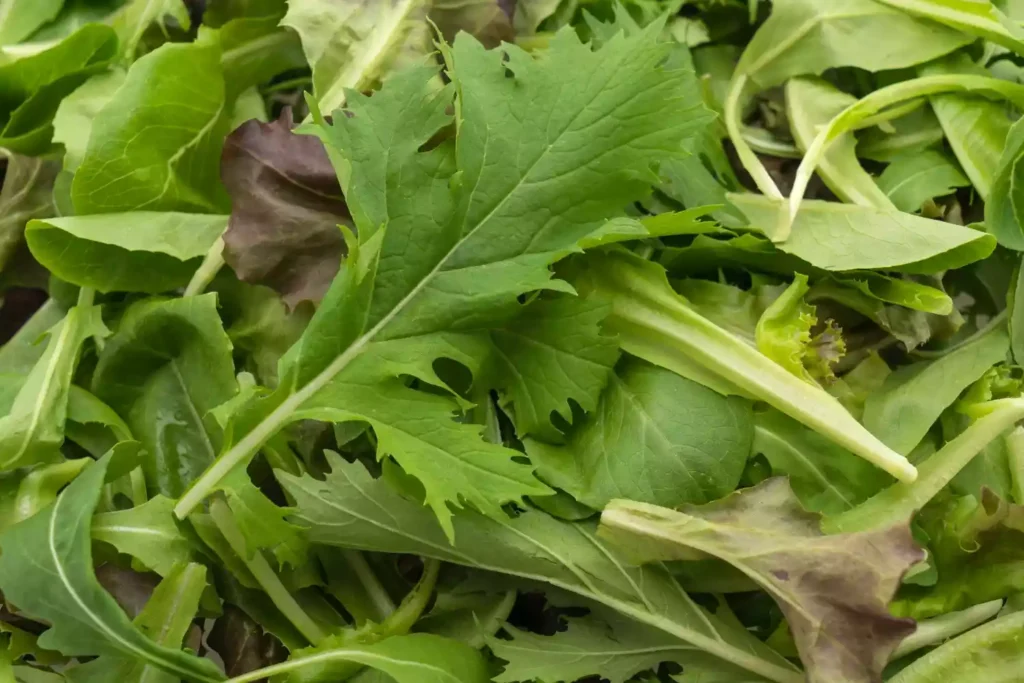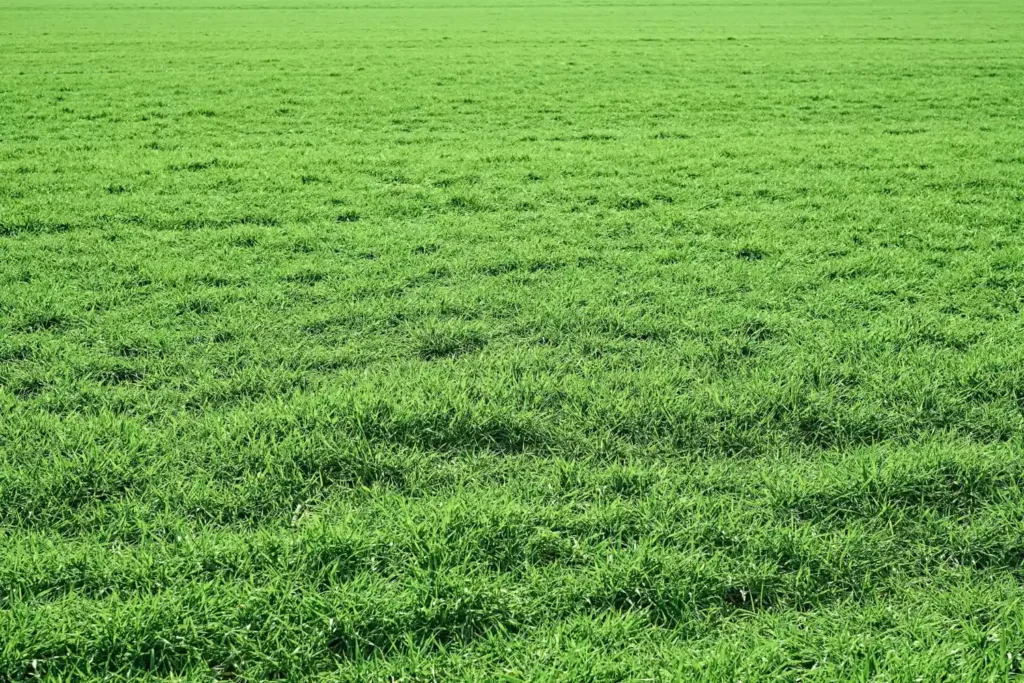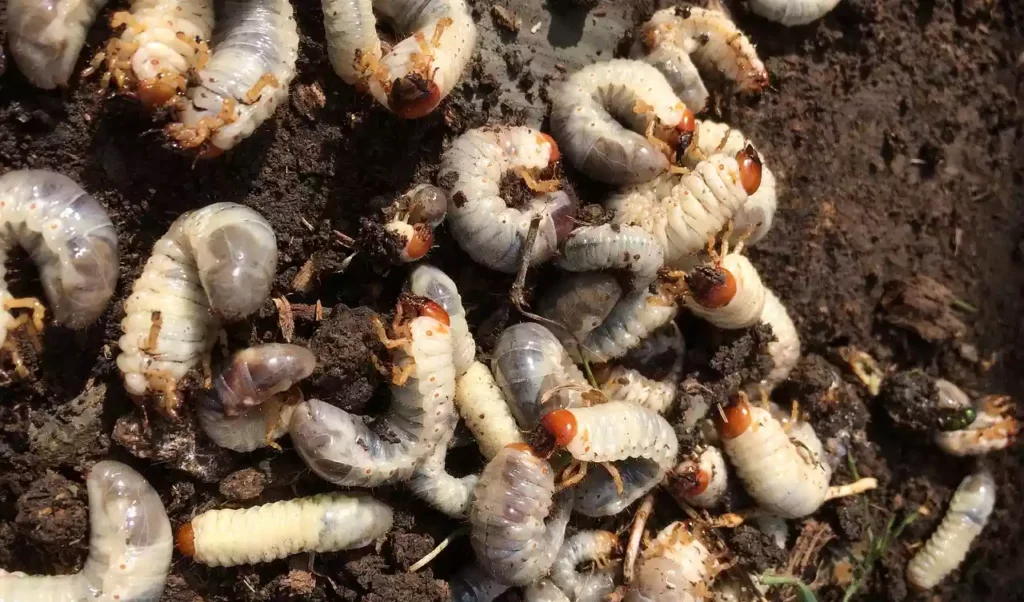Gardening is an activity that requires the use of various tools and implements to ensure successful cultivation of plants. One such tool are hoes, which are used to break up soil and remove weeds.
In gardening, there are two primary types of hoes – grub hoes and garden hoes. This article explores the differences between these two types of hoes in order to help gardeners determine which is more suitable for their needs.
Grub hoes and garden hoes vary in terms of design, purpose, and usage. Grub hoes have a long handle with a wide blade at the end while garden hoes feature a short handle with a thin blade attached at its end.
The wide blade on the grub hoe is ideal for digging into soil to break it up while the thin blade on the garden hoe is designed for weeding purposes. As such, they serve different functions and should be chosen according to the task at hand.
Design Differences
A grub hoe and a garden hoe are two gardening tools that can be used for a variety of tasks. Although they have similar purposes, there are distinct design differences between the two.
The most noticeable difference between a grub hoe and a garden hoe is the shape of their cutting edges. A grub hoe has an angled blade with an edge that curves downward, while a garden hoe has a flat blade with an edge that is straight or slightly curved upward.
The angle of the cutting edge on a grub hoe allows it to penetrate the soil more easily than a garden hoe. This makes it well suited for tasks such as chopping weeds and digging out roots, which require more force than other gardening activities.
A garden hoe, on the other hand, is designed for lighter work such as breaking up clumps of soil or removing small stones. Its straight or slightly curved edge provides greater control over the amount of soil that is removed when using this tool.
The design differences between these two types of hoes also affect their effectiveness in different soils. A grub hoe works best in hard packed soils because its angled blade can penetrate more deeply than those on other tools. A garden hoe is better suited for working in looser soils where its flat surface provides greater control over the amount of soil being moved around.
Understanding these design differences will help you choose the right tool for any gardening task.
Handle Length
When examining the differences between a grub hoe and garden hoe, it is essential to consider design differences as well as handle length. Grub hoes tend to feature a ‘D’ shaped blade with a wide scoop at the top and a sharpened bottom edge. This design allows for easy digging and loosening of soil, making them ideal for removing weeds or roots. Garden hoes, on the other hand, have flatter blades that are designed for slicing through soil more efficiently. Although both grub and garden hoes can be used to cultivate land, the weight balance and speed efficiency of a garden hoe make it preferable for certain tasks.
When it comes to handle length, there is an interesting distinction between grub and garden hoes. Grub hoes typically come with short handles that measure up to two feet long while garden hoes are generally available in longer lengths up to five feet long. The longer handle increases leverage when working in the ground and provides better control over motion when cutting through soil. In addition, gardeners who work with taller plants will find that the extra reach afforded by a longer handle is invaluable.
Garden hoes are particularly useful when gardening in large gardens or cultivating beds with tall plants. Their longer handles help increase leverage while cutting through dense soils quickly and efficiently; their flatter blades allow for more precise slicing; and their lightweight design helps conserve energy throughout gardening tasks. Thus, those looking for an efficient way to cultivate land should consider using a garden hoe instead of a grub hoe for optimal results.
Blade Width
Grub hoes and garden hoes are two types of hand tools used in gardening. Although they may look similar at first glance, they are in fact quite different.
The most notable difference between them lies in the blade width. Grub hoes have a wide blade that is typically four inches or more across. This design makes them ideal for breaking up the soil and root systems of weeds, as well as for digging out stones and other debris from the ground.
Garden hoes, on the other hand, have much narrower blades that range from one to three inches wide. These blades are designed to help cultivate the soil and remove weeds from already-tilled soil.
The material quality of these tools also differs greatly. Grub hoes are typically made of steel or iron, while garden hoes are generally crafted from lighter materials such as aluminum or even plastic. In addition, grub hoe blades tend to be thicker and heavier than those of garden hoes, making them better suited for heavy-duty jobs like chopping through roots or breaking up hard soil clumps.
In conclusion, grub hoes have wide blades designed for breaking up tough soil and root systems, while garden hoes boast narrow blades meant for cultivating already-tilled soil and removing weeds from it. The material quality also varies significantly between these two types of tools; grub hoe blades tend to be heavier-duty than those found on garden hoes.
Purpose Of Use
The purpose of a hoe is to help the gardener prepare the soil for planting, and both a grub hoe and garden hoe can accomplish this task. As the old adage goes, “No hoe, no garden.”
However, these two tools have distinct uses that make them best suited for different tasks in the garden. A grub hoe is designed with an extra-wide blade and short handle, making it ideal for working in tight spaces or cultivating beds. Its wide blade makes it well suited for roughing up hard soil, while its sharp edges enable it to cut through roots and dig deep into soil with ease. The grub hoe’s size also makes it easier to maneuver than a typical garden hoe.
In contrast, a garden hoe has a longer handle than a grub hoe and is designed for working in larger areas. Its long handle gives the user more power when digging into tough soil or chopping through thick weeds. It is also better suited for breaking up clumps of soil and creating loose texture at planting depth. A garden hoe is essential when prepping large vegetable beds or creating pathways through gardens because of its length and ability to break up larger chunks of soil with ease.
Having both types of tools on hand helps a gardener tackle any task in their garden with ease. From small weeding jobs around delicate plants to larger projects like creating pathways or prepping beds for planting, both tools are essential components of any gardener’s toolkit.
Digging Capabilities
-
A grub hoe is a heavy-duty tool with a short blade designed to slice through roots, while a garden hoe is a light-duty tool designed to loosen and aerate the soil.
-
Grub hoes tend to be shorter in length than garden hoes, providing more control and reach when digging.
-
Garden hoes usually have a wider blade than grub hoes, making them better suited for larger scale digging projects.
-
Grub hoes tend to be heavier than garden hoes, providing more strength when digging.
-
Garden hoes are more maneuverable than grub hoes, allowing for more precision when digging.
-
The cost of grub hoes and garden hoes may vary depending on their durability, ease of use, and versatility.
Grub Hoe
The digging capabilities of a grub hoe are highly renowned. Its design features a long, narrow blade which allows it to be used horizontally and vertically for deep cutting. It is primarily used for slicing through roots and for clearing away large amounts of soil during excavation. Its sharpness is enhanced by the careful selection of materials for its blade and regular sharpening techniques. Steel blades are best for durability and can be sharpened with a file or stone, whereas blades made from cast iron require honing oil to maintain their edge.
The garden hoe, however, has a much different purpose than the grub hoe – it is designed to loosen soil and prepare beds for planting. The head of the garden hoe typically has a wide, rectangular shape that can be used to dig trenches or create furrows. Garden hoes may also have curved blades with pointed ends which make them useful in breaking up clods of soil. The blade material should also be taken into consideration when using this type of tool – carbon steel will hold an edge longer than stainless steel, but both need regular sharpening in order to perform effectively.
It is important to note that each type of tool has specific uses and should be chosen based on the task at hand; utilizing the incorrect tool may lead to ineffective results as well as damage to the implement itself. When selecting either a grub hoe or garden hoe, one should consider not only the desired outcome but also consider what kind of material makes up the head of the tool, as well as what sharpening techniques should be applied in order to keep it in optimal condition.
Garden Hoe
When it comes to digging, garden hoes provide an alternative to grub hoes. Garden hoes are designed to loosen soil and prepare beds for planting. Their blades are typically wide and rectangular in shape, making them ideal for digging trenches or creating furrows.
Some garden hoe blades also have curved edges with pointed ends, enabling them to break up clods of soil effectively. The material used for the blade should also be taken into account when selecting a garden hoe; carbon steel is known to hold an edge longer than stainless steel, but both require regular sharpening in order to perform optimally.
Furthermore, different types of soil may require different techniques or tools when it comes to loosening or breaking up clods; clay soils are known to be especially hard, so a sharpened spade may be necessary in order to achieve the desired result. Ultimately, understanding the task at hand as well as the type of soil being worked on will help decide which tool is best suited for the job.
Length
When it comes to digging capabilities, the length of time a tool can stay in the soil is an important consideration.
Generally speaking, grub hoes are designed for deeper digging than garden hoes; due to their longer handles and smaller blades, they can reach greater depths and effectively loosen soil that is deeper down.
The type of soil being worked on should also be taken into account when selecting a tool; clay soils tend to be more difficult to dig in and may require longer tools with more leverage in order to achieve the desired result.
Additionally, soil texture plays an important role as well; looser soils are often easier to dig into, while denser soils may require more force or specialized tools.
Ultimately, different types of jobs will necessitate different approaches when it comes to selecting a tool for the task at hand.
Weeding Capabilities
Grub hoes and garden hoes have distinct differences when it comes to weeding capabilities. Grub hoes are designed with a sharp blade that easily slices weeds, while garden hoes feature a flatter blade that is better suited for chopping and clearing away dense foliage.
The most important difference between the two hoe types is the shape of their blades. Grub hoe blades are curved or bent at an angle, allowing them to cut through weeds quickly and efficiently. Garden hoe blades are straight and flat, making them better suited for chopping through thick vegetation and soil.
Both grub and garden hoes offer effective weed control, but each type has its own advantages.
For example, grub hoes provide more precise cuts that leave less of a mess behind, making them ideal for small areas where precision weeding is required.
Garden hoes can be used for larger areas as they allow for more efficient soil aeration due to their wider cutting surface.
When choosing which type of hoe is best suited for your needs, it’s important to consider the size of your area as well as the types of weeds you need to remove.
Here is a quick summary of each type:
-
Grub Hoe: Best used in smaller areas with precise weeding requirements; offers quick cuts with minimal mess left behind
-
Garden Hoe: Better suited for larger areas; offers wider cutting surface with greater efficiency in soil aeration
No matter which type you choose, both grub and garden hoes can help you maintain an attractive landscape by providing effective weed control.
Choosing The Right Hoe
Choosing the right hoe can be a daunting task for gardeners, with so many options available. However, there are two main types of hoes that are essential for gardeners to consider: grub hoes and garden hoes.
By understanding the differences between these two tools, gardeners can make an informed decision on which tool best suits the needs of their soil preparation and gardening tasks.
Grub hoes have a long handle and a blade that is perpendicular to it. This type of hoe is ideal for cutting through tough soil or roots as the blade is easily able to penetrate the ground. The longer handle also provides more leverage when using this tool, allowing users to apply greater force when necessary.
Garden hoes have shorter handles and blades that are angled towards the user, making them better suited for lighter work such as weeding or breaking up soil clumps. The shorter handle allows users to have more control over their movements while using the tool.
Considering both of these factors – blade shape and handle length – is important when deciding on which type of hoe best suits your gardening needs. Different tasks require different tools, so being mindful of what type of job you intend to use your hoe for will help you make an informed decision about what kind of tool would work best in your situation.
Conclusion
It is important to understand the differences between a grub hoe and a garden hoe in order to select the correct tool for any gardening task.
The design elements, handle length, blade width, and purpose of use all play an important role in choosing the right hoe.
Moreover, one must consider the digging and weeding capabilities of each tool before making a selection.
Ultimately, selecting the appropriate hoe will ensure that any task can be completed with ease and efficiency.
A gardener who makes an informed decision on which hoe to use will be able to optimize their efforts when tending to their garden.
By being mindful of the distinctions between these two tools, one can ensure that their gardening projects are carried out successfully.
In conclusion, understanding the nuances between a grub hoe and a garden hoe is essential for an effective gardening experience.





